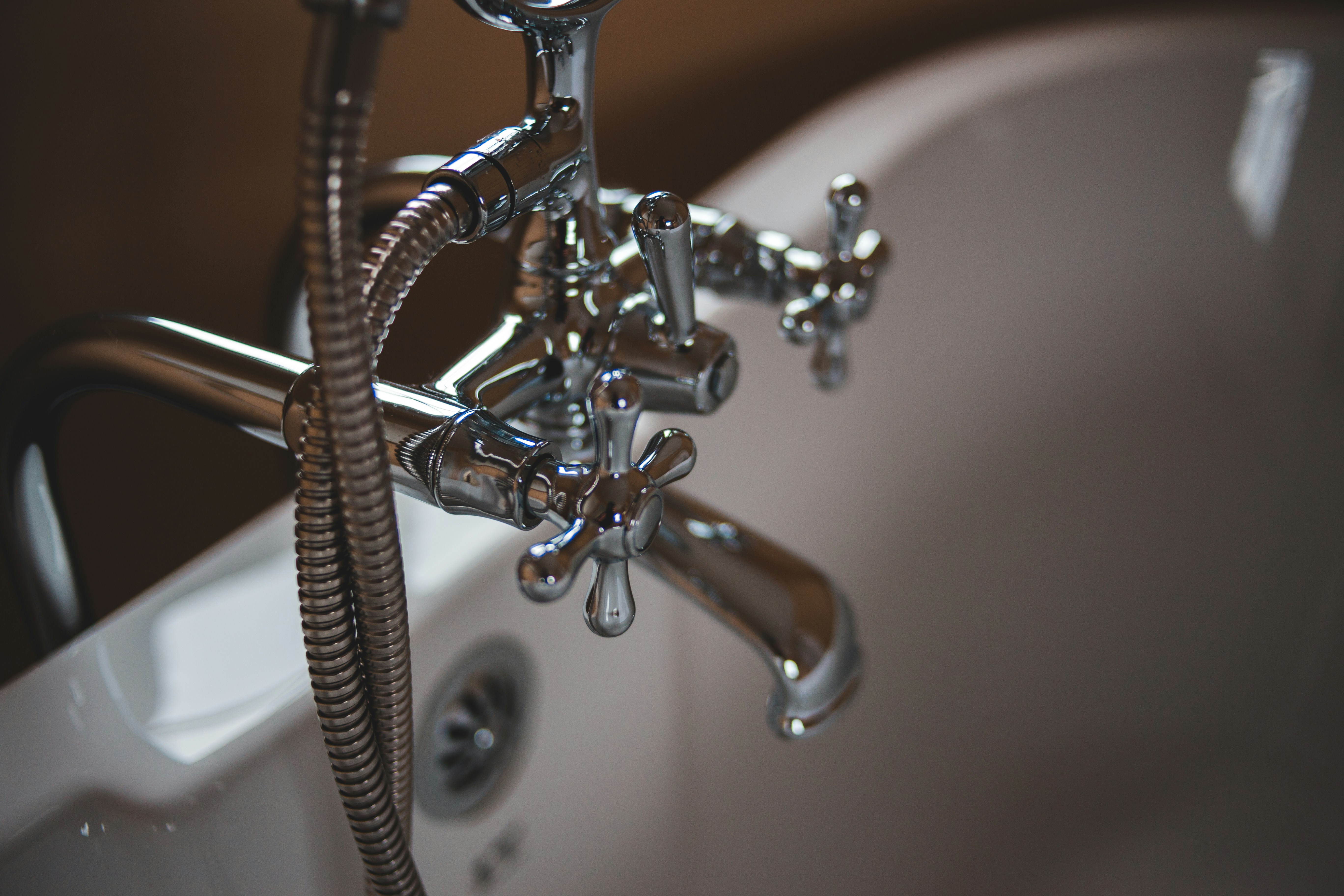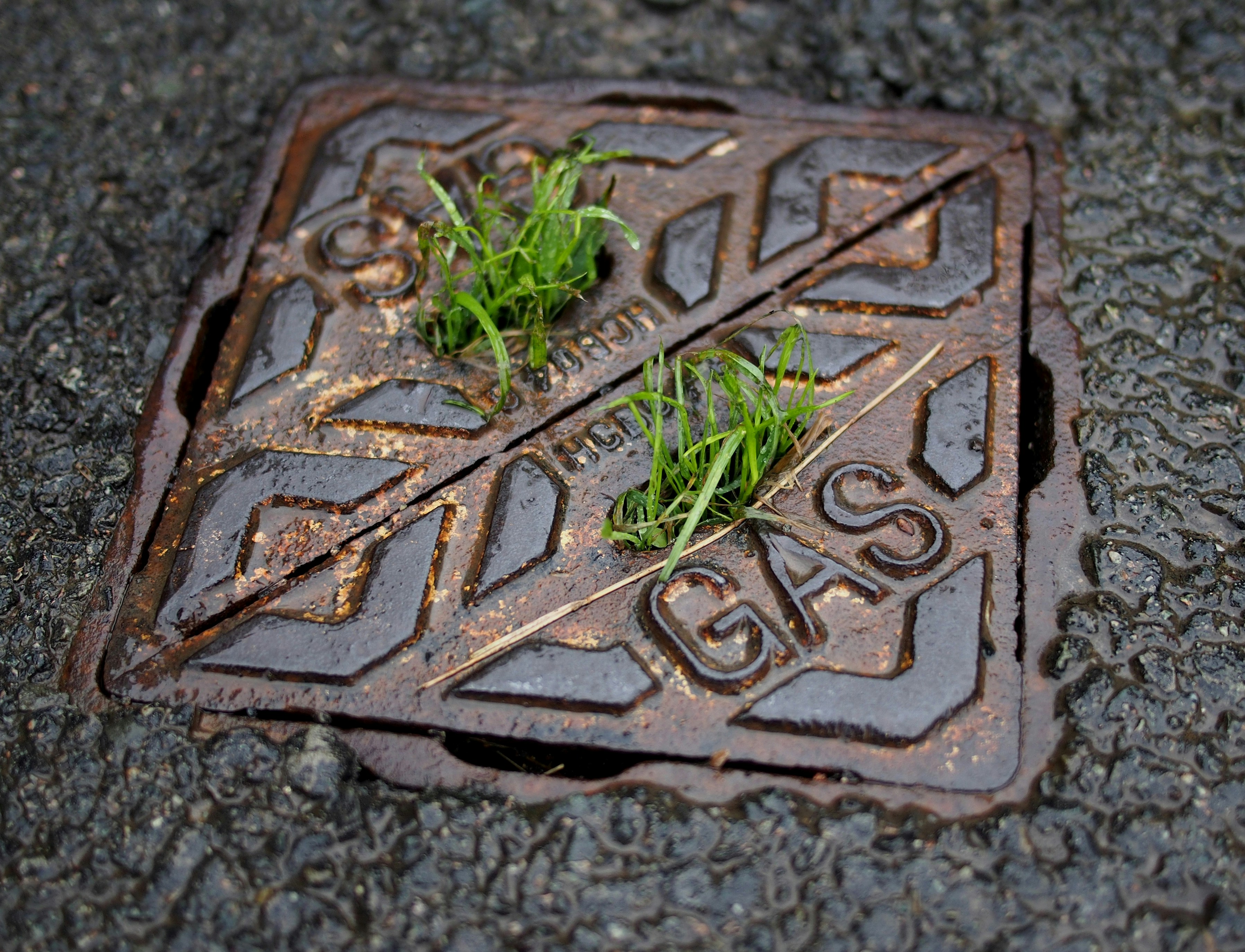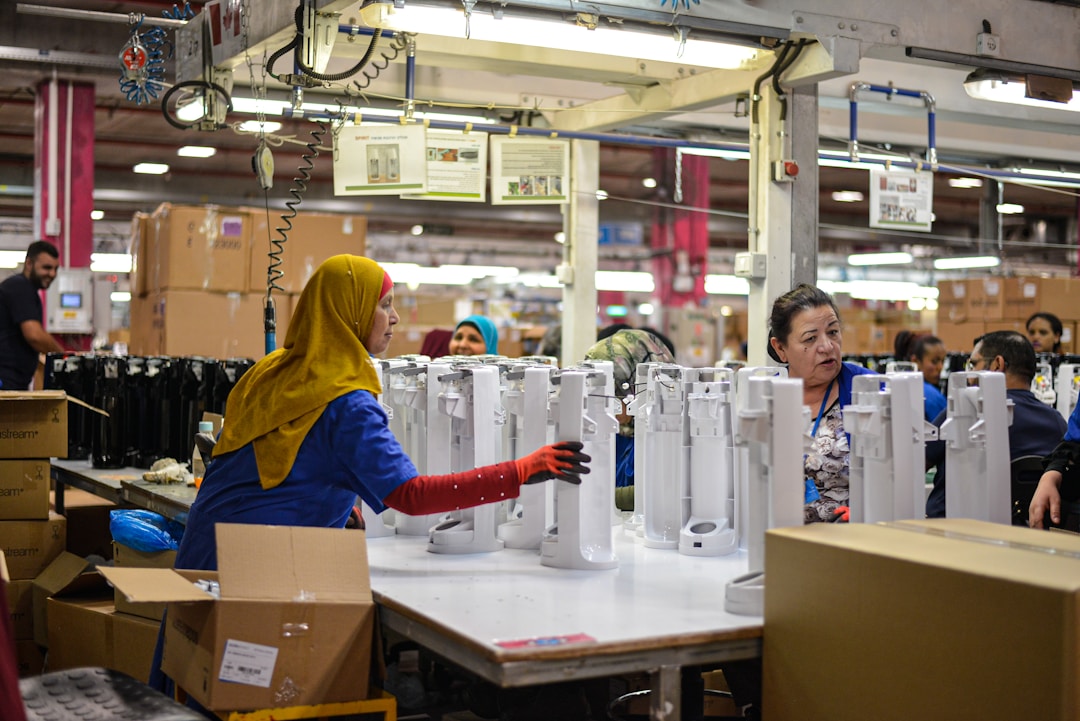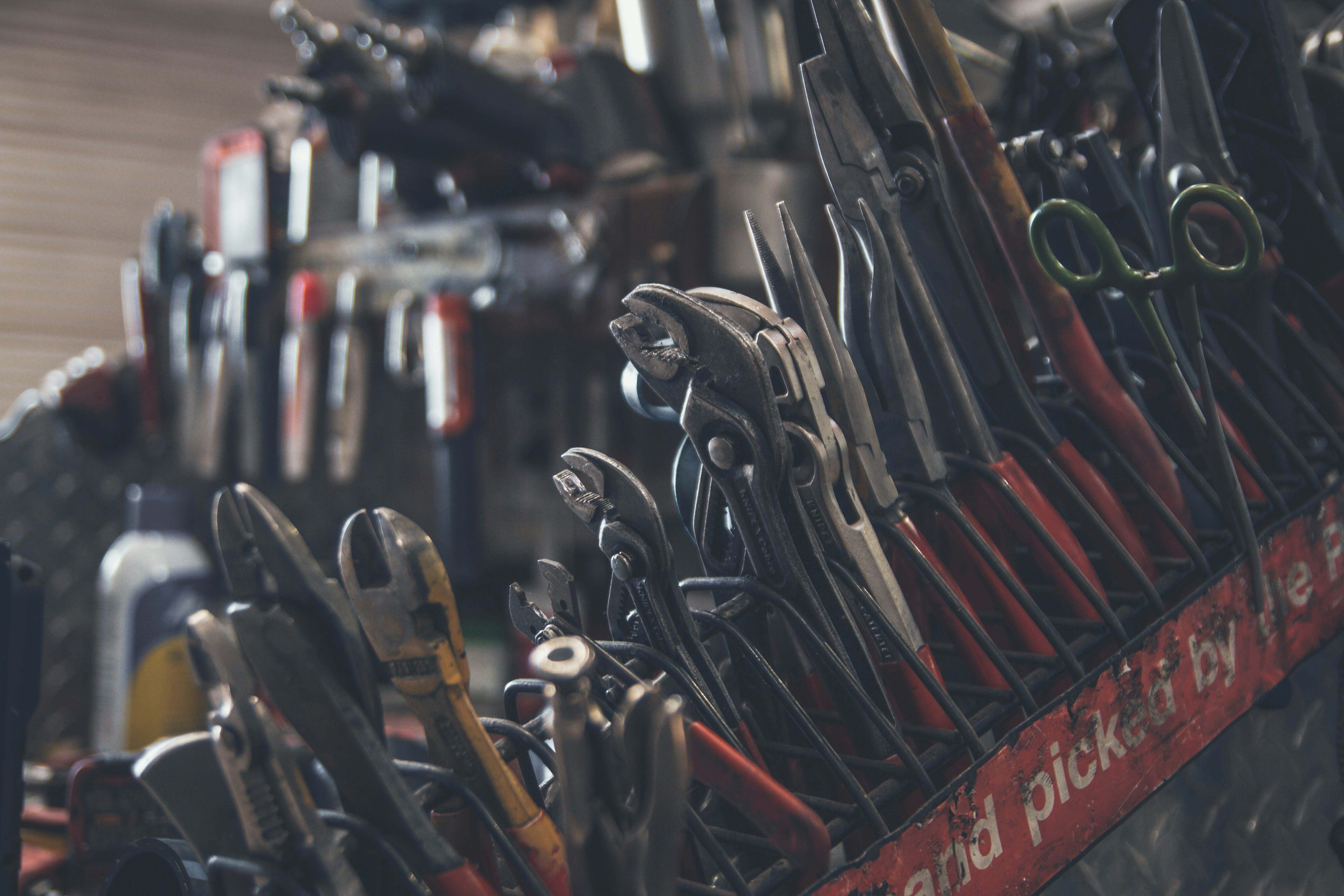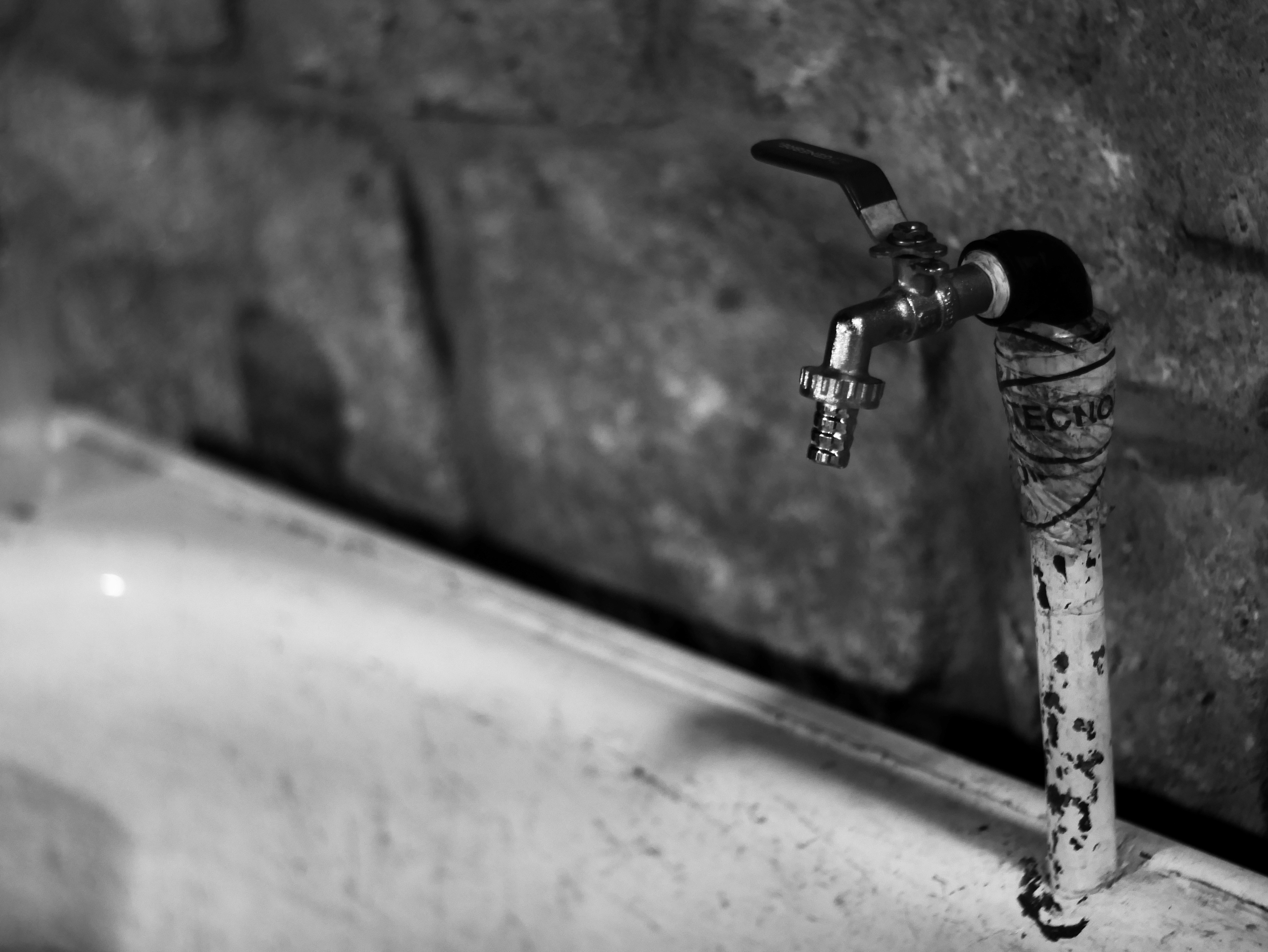Intimacy is at the heart of relationships. Life can get busy and it’s easy to get caught up in the hustle and bustle and forget to spend that important time with your partner. While it may not sound romantic or spontaneous, it can actually be incredibly beneficial to plan out an intimate evening in smart, methodical ways. Take the time to spoil your partner and plan an evening where you can be together without any other distractions.
After all, a romantic night together may be just what the doctor ordered. Couples need to spend that time together and get intimate to keep the flame alive within the relationship. So whether you’ve been together for a few weeks or a few months, it can be a special moment for you to plan out a romantic, intimate evening together. Just be sure you’re taking all the right steps and doing it in a smart way. You don’t want to come on too strong or do anything that could be perceived as inappropriate. Here are a few smart ways to plan an intimate evening that both you and your partner can fully enjoy.
Plan a date.
In movies and TV shows, romance always seems so spontaneous, but it doesn’t have to be. If you’re craving that intimacy with your partner, it may be a good idea to actually schedule it on the calendar. You’re not going to write sexual activity into the calendar or anything, but plan a special night where you have nothing else going on.
Get reservations at a fancy restaurant and plan an actual date night. It’s easy to fall into the pattern of living together and going through the motions of life and a relationship, but if you’re looking to light that spark again, you need to take the time to reengage with each other. Take advantage of special offers to just enjoy your partner’s company and remember to find that intimacy with each other.
Create a romantic menu.
Food and drink can be incredible tools for romance. Whether you’re going out or spending a nice night in, plan a great menu for your intimate evening. Prepare a dish you know they’ll love and make sure you have plenty of good wine. It may even be prudent to spring for some champagne. It doesn’t have to be a special occasion to show the person you love that they are special to you.
In fact, the right substances can actually help to put you in the mood. So make some special cocktails or open that expensive bottle of wine. If alcohol isn’t your preference, maybe you can enjoy a bloom vape together. Try a new flavor on your vape pen to take your night to the next level. Whether it’s your first time trying a vape or you’ve done it before, a nice dose or strain can help you relax and get into the mood.
Prepare for intimacy.
Sometimes there are some extra steps you’ll want to take before you’re ready to get intimate with your partner. That could mean buying new lingerie, going for a wax at the spa, or considering new medications to help your sex drive. Whatever you need, take those steps to prepare for intimacy. For older couples who may be dealing with erectile dysfunction, you may want to consult your doctor about oral medication like Cialis or Viagra to help with blood flow and keeping an erection.
Ask questions like how long does Viagra stay in your system and when you may need further medical attention. Overall, treatment of erectile dysfunction is fairly common and helps men across the globe engage in sexual activity in a healthy way. If you are in this situation, this can be an extra step to take as you prepare for an intimate evening.
Look your best.
When you’ve been in a relationship for an extended period of time, you are comfortable with your partner. You spend your time in sweatpants lounging around on the couch, which is perfectly acceptable. If you’re planning an intimate evening, however, you may want to make a little more of an effort.
Dress up and look your best for your partner. Maybe that involves pulling out that great dress that shows off your cleavage or doing your makeup with the lush lash products that make your eyes pop. By putting some energy and effort into your appearance you’re showing your partner how much you love them and it can make you feel even sexier as well.
Consider a theme.
If you’re trying to spice things up in the bedroom, you may consider a theme for your intimate evening. This doesn’t have to be anything crazy or complicated. Maybe you just want a nice night out at a fancy restaurant or you want to have a boho-chic evening in at home. Consider what the other person may be interested in and plan an evening that follows that specific storyline.
Understand your comfort level.
No matter if you’ve been with someone for a few days or a few years, you always need to maintain open communication when it comes to your sex life. Everyone is going to be comfortable with different levels of intimacy and you don’t ever want to push your partner beyond their limits. Have an open conversation about trying new things in the bedroom or what you’re both looking for when it comes to sexual activity. That discussion will guarantee you are both excited and happy about the future of your intimate endeavors.
Going Out or Staying In?
There is no right or wrong when it comes to your romantic evening. Consider your partner’s personality and what they would want when you’re deciding to go out or stay in. A candlelit dinner at your favorite restaurant can be just as romantic as a home-cooked meal at the dinner table. Whatever you decide, be sure to keep your partner at the center of whatever you’re doing. At the end of the day, the accessories don’t really matter, as long as you are concentrating on them and their needs. That is how you engage with true intimacy.







